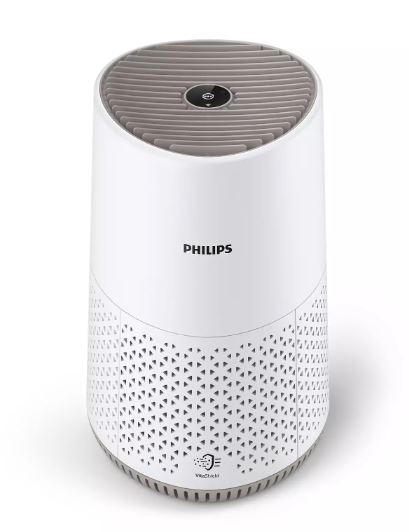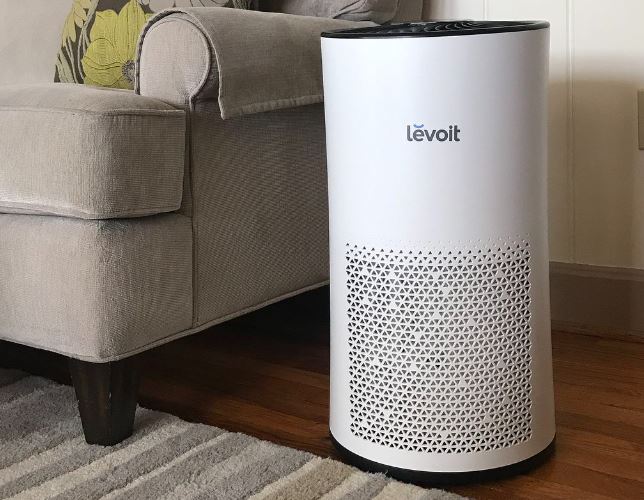Conquering Pollen Season: Air Purifiers for Seasonal Allergies
Conquering Pollen Season: Air Purifiers for Seasonal Allergies
Blog Article
In today's health-focused society, the air we breathe in has become a prominent focus for individuals across the globe. With rising pollution levels and a better understanding of the effects of indoor pollutants on our health, it's no surprise that the air purifier industry is experiencing tremendous growth.
Air purifiers are machines that eliminate airborne contaminants in a given area, promoting healthier indoor air. They are ideal for people with allergies, asthma, or other respiratory issues as they can significantly reduce the presence of allergens, pollutants, and irritants in the air. Even healthy individuals can benefit from air purifiers, as they offer peace of mind and an extra layer of protection against airborne illnesses.
This article will dive deep into the fascinating realm of air purifiers, examining their advantages, the variety of options on the market, key considerations when making a purchasing decision, and maximizing your air purifier's potential. By the end, you should have a thorough grasp of air purifiers and be able to make an informed decision about whether investing in one is the smart move for your household.

Decoding Air Pollutants and Their Influence on Health
To appreciate the value of air purifiers, it's essential to grasp the types of pollutants they target and the potential consequences of exposure to these contaminants.
Indoor air pollutants can be broadly categorized into three main types:
- Particulate Matter: This includes solid and liquid droplets present in the air. Examples include smoke, dust, pollen, pet dander, and mold spores. Particulate matter can lead to respiratory complications and cause allergic flare-ups.
- Understanding Volatile Organic Compounds: VOCs are gases released by solids and liquids. Sources of VOCs include cleaning agents, paints, aerosol sprays, pesticides, and similar products. Exposure to VOCs can lead to eye, nose, throat irritation, headaches, and stomach discomfort.
- Biological Hazards: These include bacteria, viruses, mold, and mildew. They can cause a spectrum of health concerns, from allergy symptoms to more serious health risks.
The impact of these contaminants on human health can greatly vary. For people with respiratory issues or a vulnerable immune system, exposure to indoor air pollutants can lead to serious health issues. Even for healthy people, prolonged exposure over time to certain pollutants can contribute to the development of respiratory issues and other health problems over time.

The Science Behind Air Purifiers
Air purifiers use a variety of physical and chemical processes to trap and eliminate airborne pollutants. Understanding the underlying principles employed by purifiers will help you understand their efficiency and the variety of options on the market.
Here are the key processes and technologies used in air purifiers:
- Filtration Excellence: This is the most common method used in air purifiers. It involves using filters to trap particles as air is passed through the filtration system. The filtration media varies, each designed to trap particular particle types. For example:
- Pre-filters: These are usually the first line of attack, trapping bigger contaminants like hair and dust.
- HEPA Filters: The Gold Standard: HEPA filters are exceptionally efficient at trapping ultrafine particles, including dust mites, pollen, bacteria, and viruses. To be labeled a true HEPA filter, it must capture at least 99.97% of particles as small as 0.3 microns.
- carbon filtration: These filters are designed to adsorb odors, VOCs, and gaseous pollutants.
- The Power of Ionization: Ionizers use electricity to create ions with a negative charge, which bind to particles in the air. The particles become charged, causing them to stick to surfaces or the purifier.
- Ozone Generators: Some air purifiers use ozone as a potent disinfectant to destroy contaminants. While effective, ozone is a respiratory irritant so these types of purifiers should be used with caution and only in unoccupied spaces.
- UV Light: A Radiant Solution: UV light can be used to effectively eliminate bacteria, viruses, and mold. UV light is often used in combination with a filter to trap particles, and UV light provides an extra layer of protection against biological hazards.
Choosing the Right Air Purifier
With a plethora of options available, selecting the perfect purifier can be a challenging endeavor. It's important to consider a range of criteria to ensure you make the best decision for your particular needs and room size.
Here are some crucial points to consider:
- Sizing Up the Room: Air purifiers are typically rated according to room size, so it's important to choose a model that can efficiently purify the air in the designated space. Most purifiers will list a maximum room size or a Clean Air Delivery Rate (CADR), which indicates the volume of filtered air delivered per minute.
- Type of Contaminants: Identify the specific pollutants you want to target. If you suffer from allergies, look for a purifier with a true HEPA filter. For reducing unwanted smells, consider a model with a activated carbon filter. If you're concerned about viral and bacterial threats, a purifier with UV-C light might be best.
- Quiet Operation: Air purifiers can produce varying levels of noise, so if you plan to use it in a bedroom or quiet space, look for models with a quiet mode for undisturbed rest.
- Maintaining Performance: Consider the long-term expenses and upkeep of the purifier. HEPA filters generally require replacement every 6 to 12 months, depending on use and environmental factors. Include filter replacement costs in your calculations when making your choice.
- Additional Features: Many purifiers offer intelligent features like automatic modes, air quality monitoring, and wireless control, allowing remote control and monitoring. These features can enhance the convenience and effectiveness of your purifier.
Unlocking the Full Potential of Your Air Purifier
Once you've made your selection and installed it, there are several things you can do to ensure it operates at maximum efficiency and delivers the greatest advantages:
- Strategic Positioning: Position your purifier in an unobstructed area, avoiding walls and furniture, to ensure optimal airflow. Avoid placing it near open windows or doorways as drafts can disrupt the purifier's effectiveness.
- Consistent Use: For the best results, it's recommended to run your purifier continuously. Many models have energy-saving features or smart modes that adjust the fan speed based on air quality, so you can maintain fresh air without excessive energy costs.
- Regular Filter Care: Regularly follow the manufacturer's filter replacement guidelines. Over time, filters become saturated with particles, affecting efficiency. Set a reminder for filter changes so you don't forget.
- Limiting Indoor Pollutants: Alongside using an air purifier, take steps to reduce indoor pollutants. This could include vacuuming, dusting, choosing natural cleaning alternatives, and limiting aerosol and chemical products. Report this page